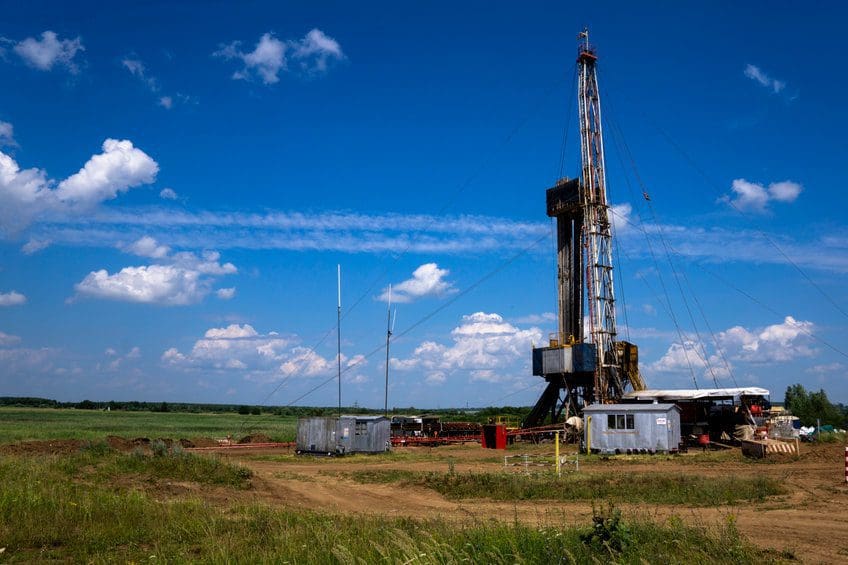The global financial economy has really taken a toll. The impact of COVID-19 was huge. However, things have started getting better, thanks to the oil market.
Out of all the industries, oil industries have shown the quickest recovery, thereby supporting the global financial economy to stand back on its feet.
While talking about the oil market, most people reading this article know only the name. Seeing how people are unaware of the Oil Market and how oil makes it into the market, we decided to write an article discussing its process, best practices, and challenges.
Oil Drilling
Oil drilling is the process of drilling a borehole in the earth’s surface to create a well. This will consist of crude oil.
A pump is connected to the tubing, and the oil under the surface is forcibly extracted. The process might sound easy, but it is one of the most complex processes in the industry.
Believe it or not, oil drilling is a highly-specialized business that has grown exponentially in the 21st century.
Oil Drilling Processes
The oil drilling process is quite simple because of the simple steps involved in the process. However, the scale of the process is what makes it one of the most dangerous and complex processes.
The crew set up the rigs and start drilling operations. From the starter hole, the team drills to a pre-set depth. The depth depends on how deep natural oil reserves are.
On the first step of the oil drilling process, the rig site is prepared for drilling, and the appropriate oil well screen is installed.
Once the exact location of the oil is located, the crew starts with these steps.
- Place the drill, and drill pipe in the hole.
- Attach the kelly and turntable. Now, begin drilling.
- As the drilling progresses, circulate the mud out of the hole.
- Add a new section to the drill pipe as the drill goes deeper.
- Once the predetermined depth is reached, stop drilling and start extracting oil.
Best Oil Drilling Practices
Oil drilling uses several types of drilling practices. The practices vary depending on the formation, geographical location, soil type, and other factors.
Here are the current best practices.
Percussion or Cable Drilling
It is a manual drilling technique where a heavy hammering or a heavy cutting mechanism is attached to a cable. This mechanism is then lowered in a temporary casing. This particular technique is often addressed as a ‘Cable Tool.’ A tripod stand tower supports this mechanism.
Rotary Drilling
Rotary drilling is used to obtain sample rocks or form a deep observation borehole. A powered rotary cutting head is involved here at the end of a shaft. The shaft is driven into the ground as the rotary cutting head rotates. The entire system needs water, air, or drilling mud as a lubricant for keeping the cutting head cool.
Electro-Drilling
As the name itself defines the kind of drilling technique, it is. In electrical drilling, everything is operated by electricity. This gives the operator flexibility and allows the driver to be controlled remotely. Electrical drilling has really risen to popularity as it gives more direct power to the drill.
Directional Drilling
The directional drilling technique is the extension of the rotary drilling method. It includes the drills on the curved path with the deepening of the hole. The reason why directional drilling is popular is that it helps the crew reach an oil deposit which seems impossible with vertical drilling methods.
Dual-Wall Reverse-Circulation Drilling
In a dual-wall reverse circulation drilling, a flush-headed pipe and high-pressure air provide a continuous return in the formation. Two concentric drill pipes are used to create a controlled flow in this drilling practice.
The Challenges Of Oil Drilling
Setting up the rig is not at all an easy task. Oil drilling is indeed a hazardous process, from bringing the drilling rig to the exact location and setting the roadmap to setting up the drilling platform. The process has to be done really carefully.
Here are a few challenges the oil drilling industry face:
- Loss of circulation.
- Mud contamination.
- Shallow gas zone.
- Equipment and personnel-related problems.
- Pipe failures.
- Meeting environment regulation.
Conclusion
There you have it. Now you know what oil drilling is all about. This article has talked about oil drilling, its process, best practices, and challenges. Although the explanation has been concise, we have tried to cover everything.
If you are interested in knowing more about oil drilling and how it impacts our global economy, contact us! We love to hold valuable conversations with our readers.
Oil and gas operations are commonly found in remote locations far from company headquarters. Now, it's possible to monitor pump operations, collate and analyze seismic data, and track employees around the world from almost anywhere. Whether employees are in the office or in the field, the internet and related applications enable a greater multidirectional flow of information – and control – than ever before.











